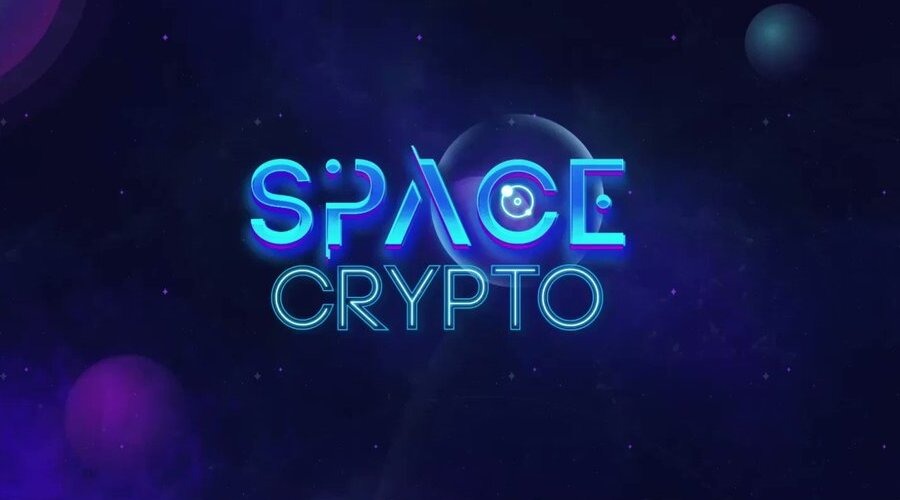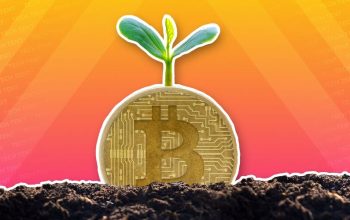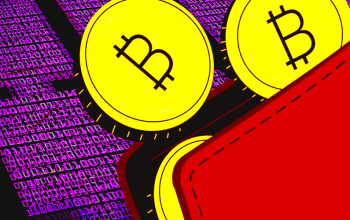Cryptocurrencies have become a significant part of the global financial landscape, and as the industry continues to evolve, various mechanisms and techniques are being employed to enhance the utility and value of digital assets. One such method is coin burning, which involves the deliberate and permanent removal of tokens from circulation. In this article, we will explore the different methods of coin burning in the crypto space and their implications.
Introduction
In recent years, coin burning has gained traction as a popular strategy among cryptocurrency projects. It serves as a means to regulate token supply, increase token value. And provide long-term benefits to both investors and the project itself. Coin burning involves sending tokens to an address where they are irretrievable, effectively reducing the circulating supply and potentially driving up demand. Let’s delve deeper into the various methods of coin burning.
What is Coin Burning?
Coin burning, also known as token burning, refers to the deliberate and permanent removal of a certain amount of cryptocurrency tokens from circulation. It involves sending the tokens to a designated address, commonly referred to as a “burn address,”. Where they become unspendable and are effectively taken out of circulation. It reduces the total supply of the cryptocurrency, creating scarcity and potentially increasing the value of the remaining tokens.
The process of burning can be implemented by cryptocurrency projects for various reasons. Such as managing token supply, increasing token value, and enhancing investor confidence. It is a strategic mechanism employed to regulate the token economy and provide long-term benefits to both token holders and the project itself.
It can be conducted manually, where a trusted entity sends tokens to the burn address, or it can be automated through smart contracts. Smart contract can be coded to execute token burns based on specific conditions, such as a percentage of each transaction or a fixed amount. Some consensus mechanisms, like Proof of Burn (PoB), require participants to burn tokens to mine. Moreover, validate new blocks, contributing to the security and decentralization of the blockchain network.
Why is Coin Burning Done?
- Reducing Token Supply: By permanently removing tokens from circulation, the supply decreases. This scarcity can increase the value of the remaining tokens, potentially benefiting token holders.
- Increasing Token Value: With a reduced supply, the demand for the token may surpass the available quantity, leading to an increase in token value. This can attract investors and contribute to the growth of the project.
- Enhancing Investor Confidence: It demonstrates the project’s commitment to token holders by actively managing the token’s supply and maintaining its long-term viability.
Methods of Coin Burning
1. Manual Coin Burning
One of the simplest methods of burning involves manually destroying tokens. This approach requires a trusted entity to send tokens to a burn address, usually provided by the project or a designated authority. Manual coin burning is a transparent process, and the details of the burn transaction can be verified on the blockchain.
2. Token Burn Through Smart Contracts
Smart contracts have revolutionized the way cryptocurrencies operate, and they can also be leveraged for coin burning. Token burn can be coded into a smart contract, specifying a certain percentage of each transaction or a fixed amount to be sent to the burn address. This automated method ensures consistent and regular coin burning without requiring manual intervention.
3. Proof of Burn (PoB) Mechanism
Proof of Burn (PoB) is a consensus mechanism that involves participants burning a certain amount of cryptocurrency to mine or validate new blocks. This method requires participants to demonstrate proof of ownership by burning a specified number of tokens. PoB not only serves as a method of coin burning but also contributes to the security and decentralization of the blockchain network.
4. Buyback and Burn
Some projects choose to repurchase their own tokens from the market using funds allocated for this purpose. The bought-back tokens are then sent to the burn address, permanently removing them from circulation. This method allows projects to control token supply while potentially increasing the value of the remaining tokens.
5. Coin Burn through Token Swapping
In certain cases, token burning is executed during a token swap or migration process. When a project undergoes a token swap, where existing tokens are exchanged for new ones, a portion of the old tokens can be burned during the swap. This ensures a controlled transition and reduces the supply of the old tokens, aligning it with the new token supply.
Benefits of Coin Burning
- Decreased Token Supply: By permanently removing tokens from circulation, coin burning effectively reduces the available supply of a cryptocurrency. This limited supply creates scarcity, which can drive up demand for the remaining tokens. As a result, the value of the cryptocurrency may increase.
- Increased Token Value: With a reduced supply and potentially increased demand, the value of the token can experience an upward trajectory. This price appreciation benefits token holders, as their holdings become more valuable. Investors and traders are attracted to cryptocurrencies that have a track record of coin burning. As it indicates a commitment to reducing supply and potentially increasing value.
- Enhanced Investor Confidence: It demonstrates a project’s dedication to actively managing its token supply. This practice can enhance investor confidence by showcasing the project’s commitment to the long-term viability and sustainability of the cryptocurrency. Investors are more likely to support projects that employ mechanisms like coin burning to maintain the health and value of their tokens.
- Improved Tokenomics: It can play a crucial role in shaping the tokenomics of a cryptocurrency. By reducing the supply of tokens, coin burning can help align the token’s circulation with its intended utility and purpose within the ecosystem. This can create a healthier token economy, where supply and demand are better balanced, leading to improved market dynamics.
- Incentive for Holding Tokens: It initiatives can provide an incentive for investors and token holders to retain their holdings for an extended period. When tokens are burned, the supply decreases, potentially driving up their value. This can motivate investors to hold onto their tokens to benefit from potential future price appreciation.
Examples of Successful Coin Burning
Here are a few examples of successful coin burning initiatives:
- Binance Coin (BNB): Binance, one of the largest cryptocurrency exchanges globally, regularly conducts coin burns for its native token, BNB. Binance allocates a portion of its profits to buy back BNB tokens from the market. Which are then permanently removed from circulation through burning. This process has significantly reduced the total supply of BNB, driving up its value over time.
- TRON (TRX): TRON, a blockchain platform focused on decentralized applications (DApps) and content sharing. It has implemented coin burning as part of its economic model. TRON periodically conducts token burns, where a predetermined amount of TRX tokens are sent to a burn address and taken out of circulation. This strategy aims to reduce token supply and potentially increase the value of TRX.
- Ethereum (ETH): While Ethereum does not have a formal coin burning mechanism, the upcoming Ethereum 2.0 upgrade is expected to introduce a concept called “burned ETH.” This refers to the process of locking a specific amount of ETH in the Ethereum 2.0 proof-of-stake mechanism, making it inaccessible and effectively removing it from circulation. This mechanism aims to reduce the supply of ETH and support the transition to a more scalable and energy-efficient network.
- Huobi Token (HT): Huobi Token, the native cryptocurrency of the Huobi exchange, has implemented a buyback and burn program. Huobi regularly uses a portion of its revenue to buy back HT from the market, and these tokens are subsequently burned, reducing the circulating supply. This strategy aims to increase the value of HT and incentivize users to engage with the Huobi ecosystem.
Conclusion
Therefore, coin burning serves as an effective method to manage token supply, increase token value, and enhance investor confidence in the crypto space. With various techniques such as manual coin burning, smart contract-based burns, Proof of Burn mechanisms, buyback and burn strategies, and coin burning through token swapping, projects have a range of options to implement this strategy. However, it is essential for projects to ensure transparency, address criticisms, and maintain the trust of their stakeholders.
FAQs
What happens to the tokens after they are burned?
When tokens are burned, they become unspendable and are permanently removed from circulation.
Can anyone burn tokens?
The ability to burn tokens depends on the protocol and rules established by the project. In some cases, token burning may be restricted to specific entities or addresses.
Does coin burning affect the total supply of a cryptocurrency?
Yes, coin burning reduces the total supply of a cryptocurrency by removing tokens from circulation.
Are there any risks associated with coin burning?
Coin burning can be seen as a market manipulation technique, and lack of transparency in the burn process may raise concerns among investors.
How does coin burning benefit token holders?
Coin burning can potentially increase the value of the remaining tokens, benefiting token holders by providing them with higher returns on their investments.
Pranav is a tech, crypto & blockchain writer based in London. He has been following the development of blockchain technology for several years.




